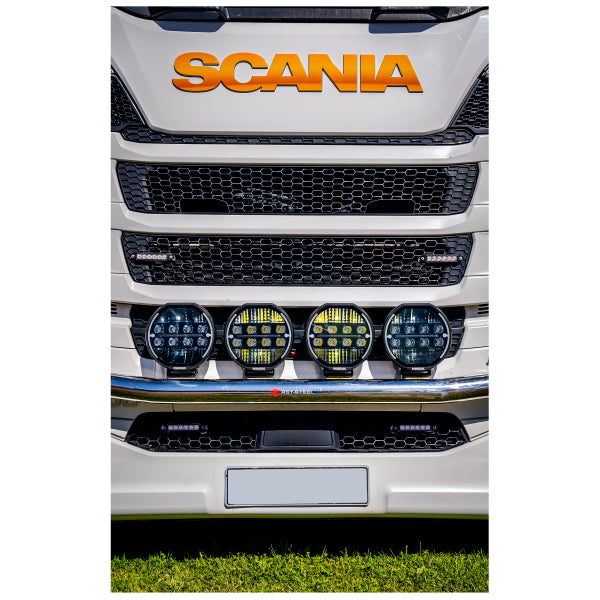
Number and installation of main beam lights:
- According to the new regulation, M, N1 and N2 category vehicles are allowed to install up to 6 main beam lamps, while N3 category vehicles can have up to 10 main beam lamps.
- An important change is that now an odd number of lanterns is also allowed, which is a change from the previous requirement, where only an even number of main beam lanterns had to be present.
- Electrical connections must ensure that at least 2 symmetrically arranged lamps, but not more than 4, work at the same time.
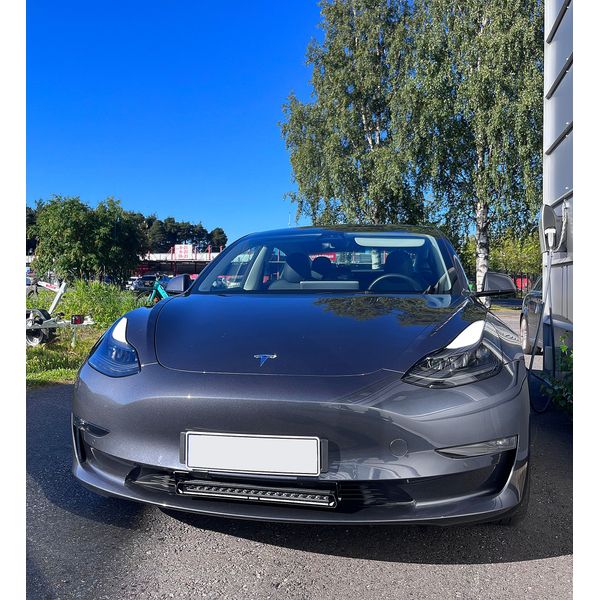
Use of LED Bars and High Beams:
- The new regulation allows the use of one LED bar, provided that in this case 3 main beam lamps are lit at the same time, the sum of the check numbers does not exceed 100 (REF number).
- The use of an LED bar alone is not permitted if it violates the requirement of two symmetrically placed lamps.
- It is also allowed to install 2 LED bars next to 2 main lights on top of each other, provided that the sum of the check numbers of all high beam lights does not exceed 100 (REF number).
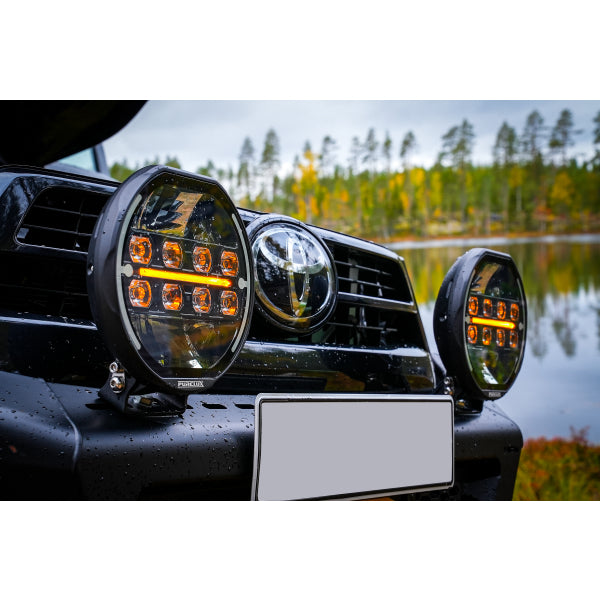
Edge lights/Marker lights
- Retrofit lamps that perform the function of a front edge light can be lit together with the edge lights installed by the vehicle manufacturer.
- Up to four retrofit lamps can be lit at the same time, but up to two such lamps can be lit elsewhere than on the roof of the vehicle.
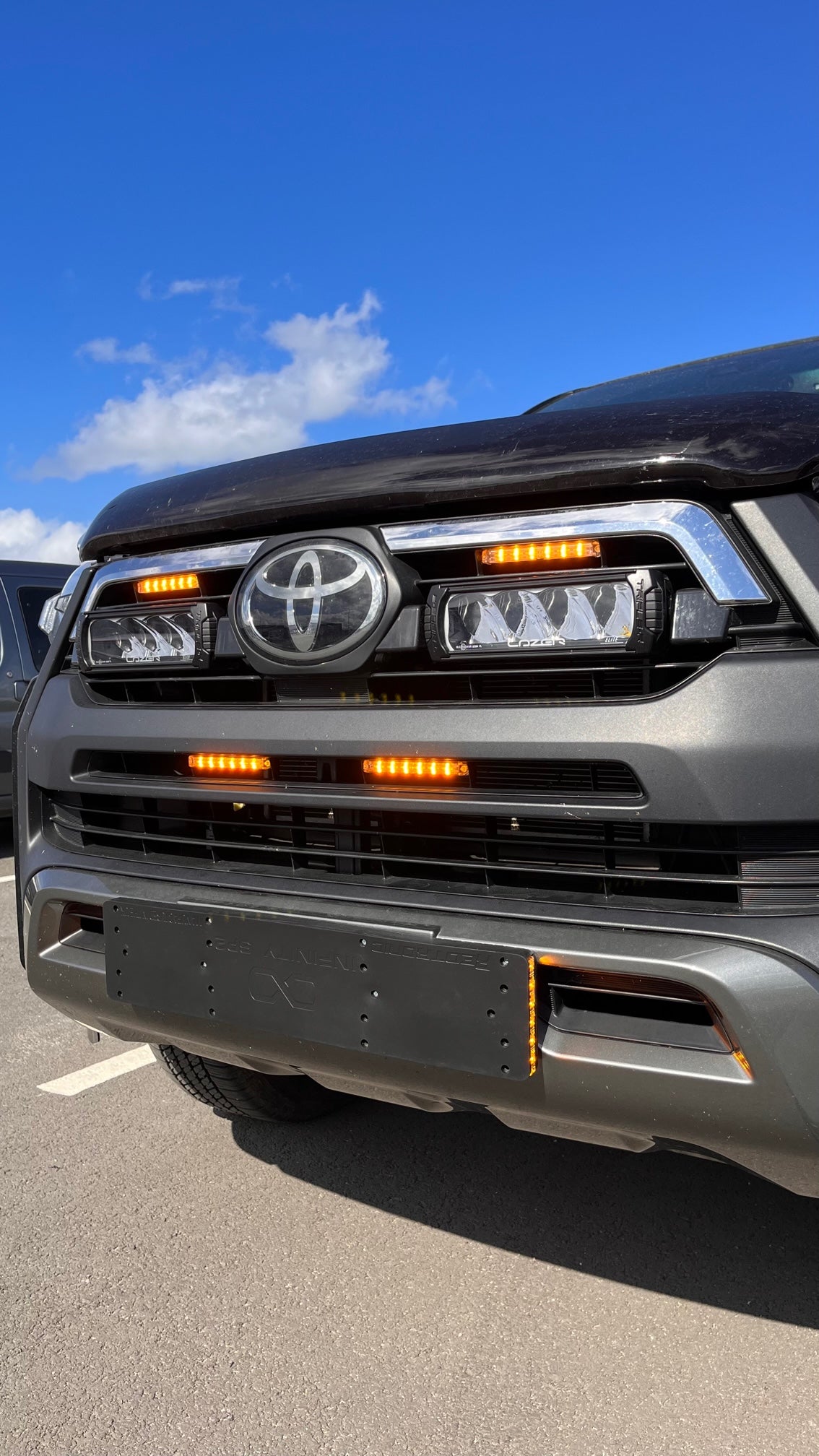
Do I need to make a service vehicle request if I want to install yellow flashers or warning lights on my vehicle?
There used to be a law that required a maintenance vehicle application to use a yellow flasher on a vehicle. However, it must be noted that this requirement has been waived by now. The use of the yellow flasher must be necessary according to the situation or activity for which it is being used. Below we describe the need for its use in more detail.
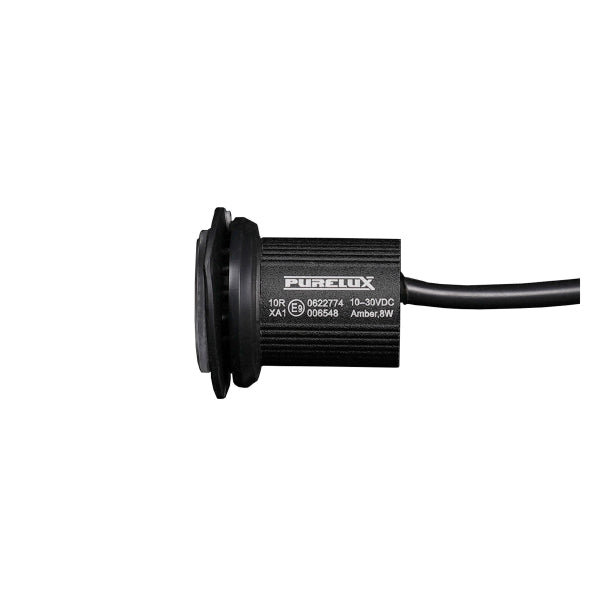
What requirements does a flasher/indicator have to meet in order to use it in traffic?
- ECE R65/ECE R10: This is a regulation of the United Nations Economic Commission for Europe regarding light signals for special equipment, including flashing lights. According to this regulation, flashing lights must meet certain requirements, including light intensity, flashing frequency and visibility in different directions.
- E-marking: Flashers or warning lights that comply with European Union directives must be equipped with an E-marking. The E-mark shows that the product meets the technical requirements established for marketing in the European Union.
- CE marking: Since the flasher is an electronic device, it must have a CE marking according to the relevant EU directives. The CE marking indicates that the product meets the established safety requirements and is approved for marketing in the European Economic Area.
- Vehicles operating at airports must comply with ICAO (International Civil Aviation Organization) regulations, which stipulate the frequency of flashing lights to be used.
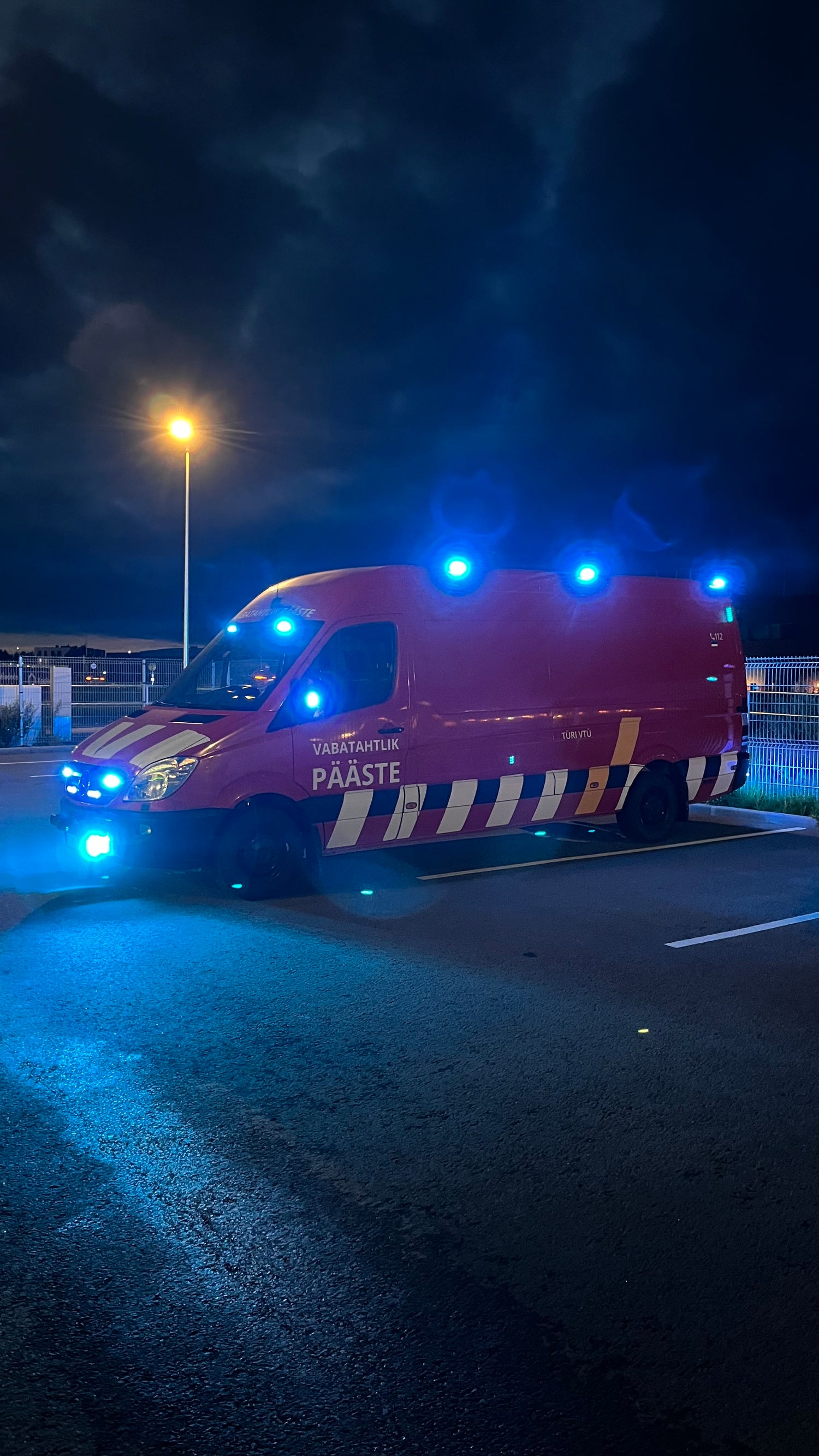
How powerful should the flasher/beacon be?
The power of the light sources and their light indicators must meet the relevant standards. During the day, the flasher/indicator must meet Class 2 requirements, at night, the flasher/indicator must meet Class 1 requirements. The instructions for the state supervision of roadworthiness tests state the requirement that the flashing lights must be bright enough to ensure their visibility and perceptibility both during the day and at night. Also, the flashing light must be visible and distinguishable at a distance of at least 150 meters.
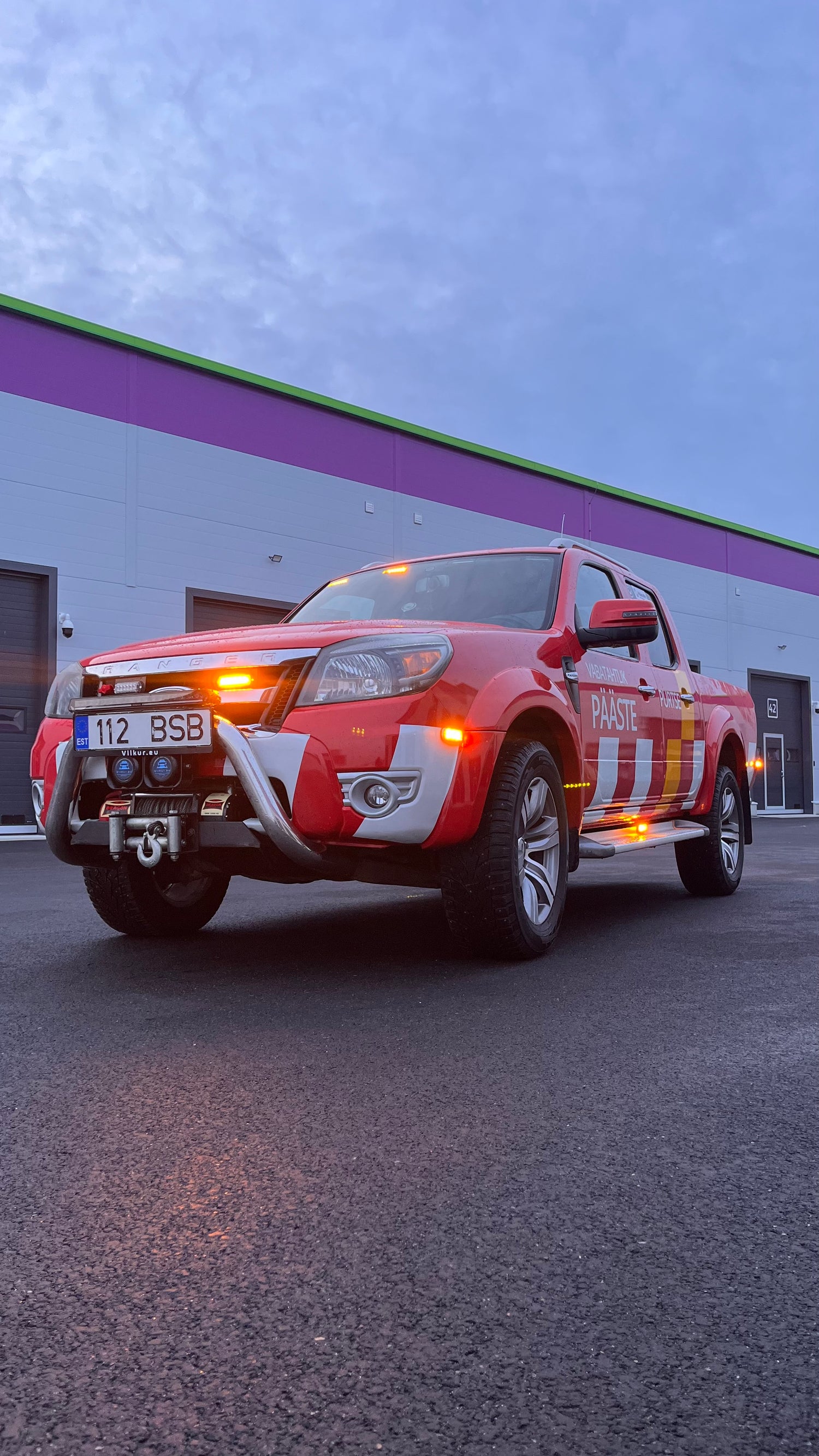
How should the flasher/signal light be mounted on an emergency vehicle?
Flasher presence and type:
- Every emergency vehicle must have at least one blue flashing light. This flasher can be either fixed (fixed) or movable.
Blinker Visibility:
- The light of the single blue flasher must be visible from all directions. This means that the flasher must be installed in such a way that its light can be seen from any angle.
Blinker location:
- If the vehicle has only one blue indicator, it should be located on the center line of the vehicle. If this is not possible due to the construction of the vehicle, then as close to the central axis as possible.
Using multiple flashers:
- If several blue flashing lights are used, they must be arranged symmetrically with respect to the central axis of the vehicle. It is also possible to use the flasher panel, which is located above the driver and passenger.
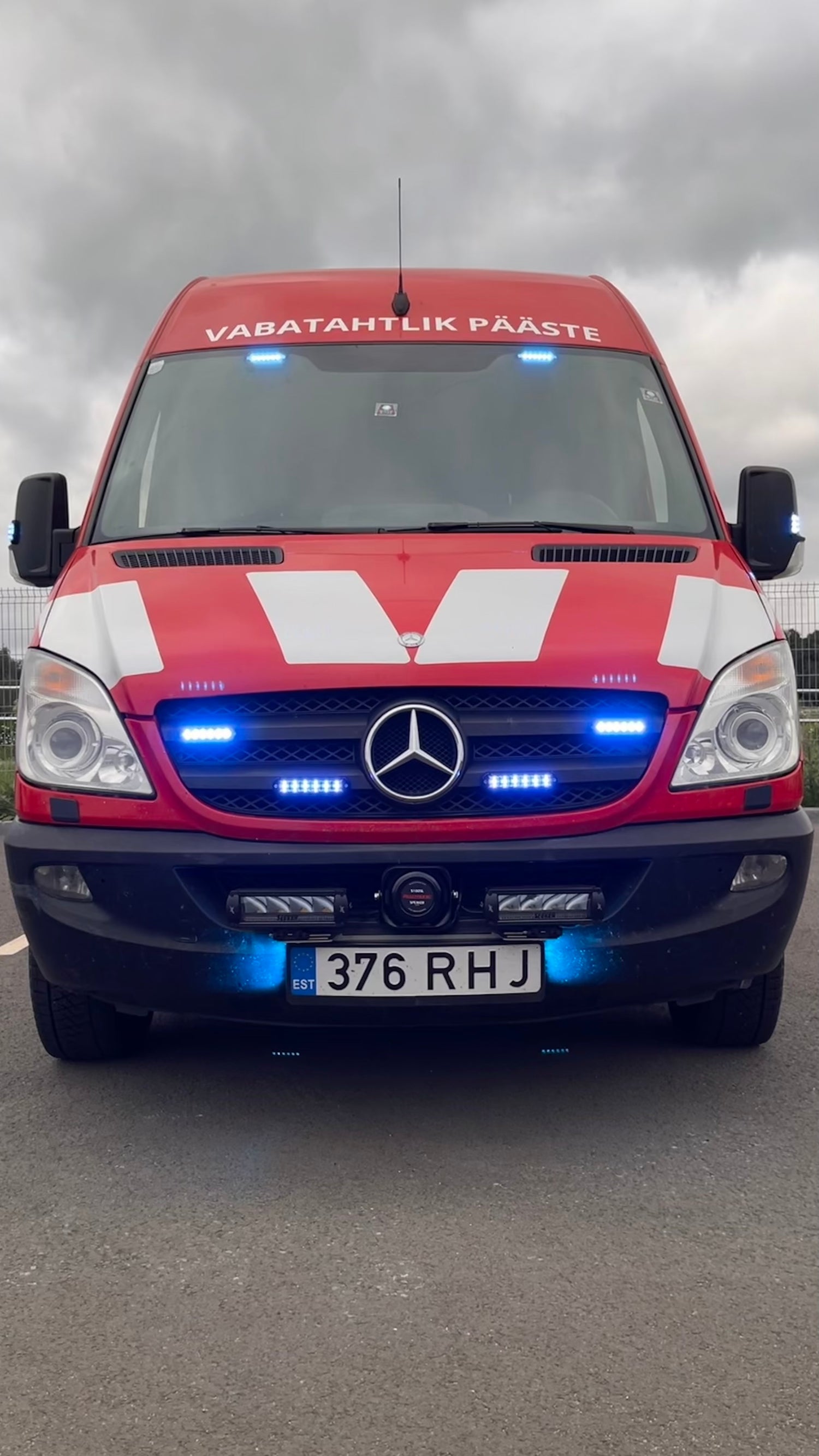
Installation of warning lights for emergency vehicles:
- An alarm vehicle, on which the use of a flasher is not mandatory, must have at least three blue indicator lights. The light of two warning lights must be visible in front of the emergency vehicle and the light of one warning light must be visible from behind the emergency vehicle.
Location of warning lights:
- Warning lights can be located in the front and rear of the emergency vehicle, on the sides and behind the windshield and behind the rear window.
Additional flasher on larger flash vehicles:
- If the emergency vehicle is more than 6 meters long, then an additional flasher is required, located near the center axis, but not more than 1.2 meters from the rear wall.
Blinker installation on motorcycles and other smaller vehicles:
- For motorcycles, off-road vehicles and mopeds, the blue indicator must be located above the rear seat, either on a telescopic pole or on a base.
- Police and rescue service motorcycles, all-terrain vehicles and mopeds may be fitted with two blue filter indicator lights - one to the right and one to the left of the headlight.
Use of yellow warning lights:
- Yellow warning lights can be installed on the emergency vehicle, which are only used to ensure traffic safety on the stationary emergency vehicle.
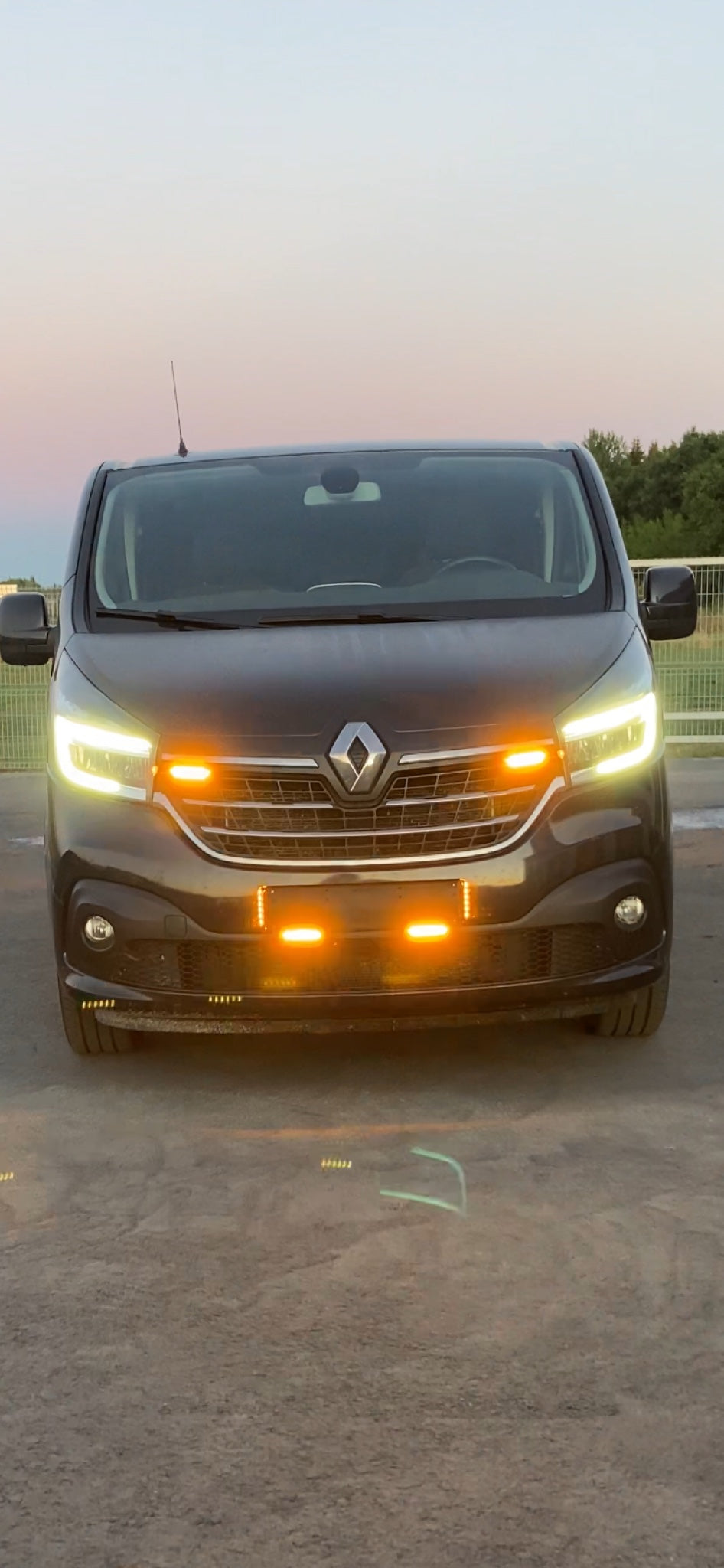
Vilkur.eu is monitoring
We observe the same requirements for the installation of yellow flashing lights or warning lights as for emergency vehicles, to ensure a safe journey and working environment for everyone.
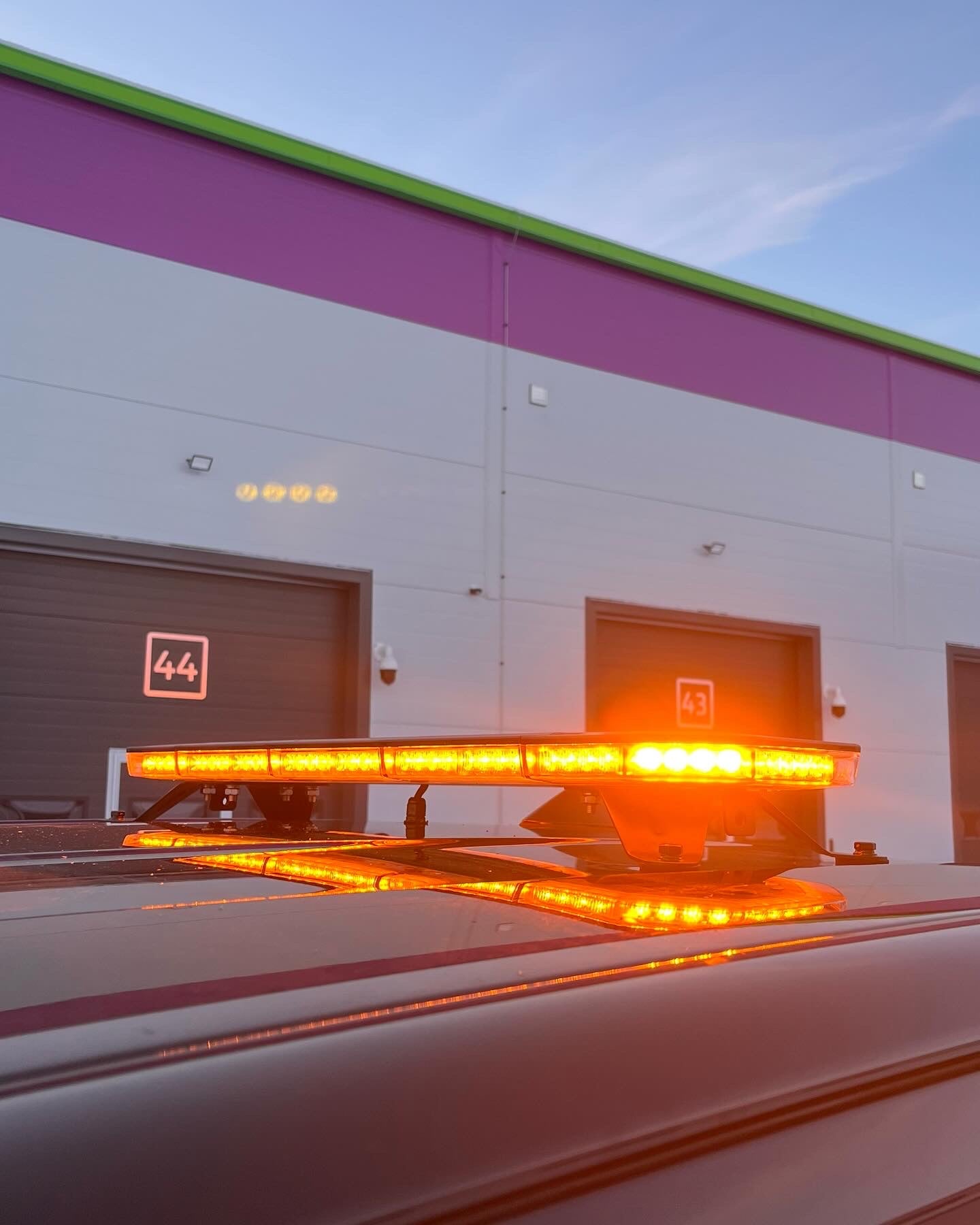
Who can use the yellow flasher?
- Operational vehicles: Police cars, ambulances, fire engines and other vehicles of authorities operating operationally.
- Maintenance and repair vehicles: Vehicles involved in road maintenance, repair work, freight escort or other road maintenance and repair.
- Special vehicles: Certain special vehicles such as aircraft service and maintenance machines, electric and gas supply vehicles
- Trucks: Some trucks may be allowed to use yellow flashing lights to protect the load, for example when overhanging parts of the load may be dangerous or require extra attention.
